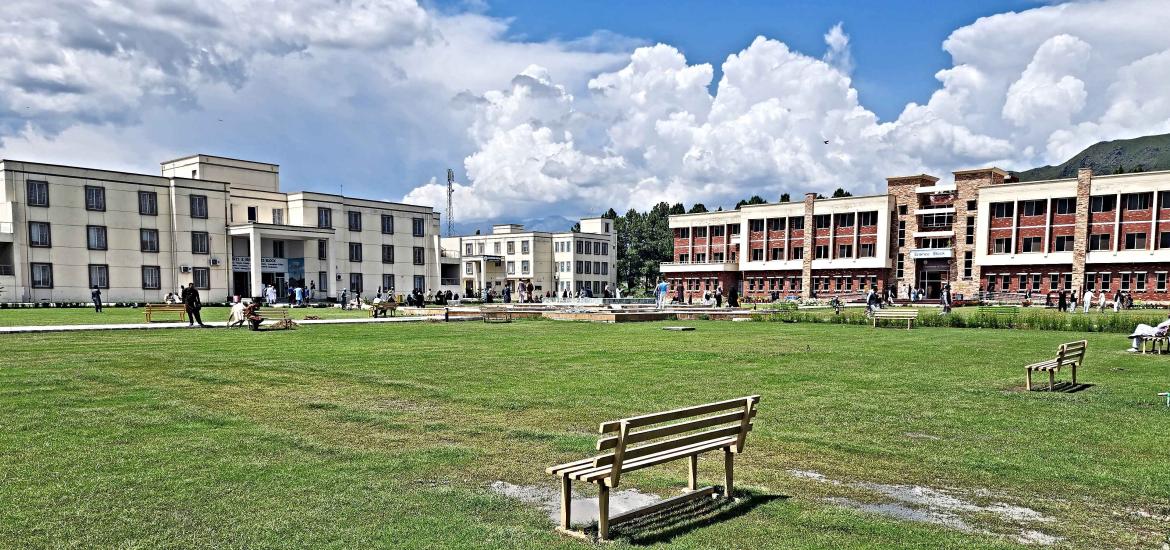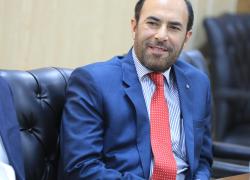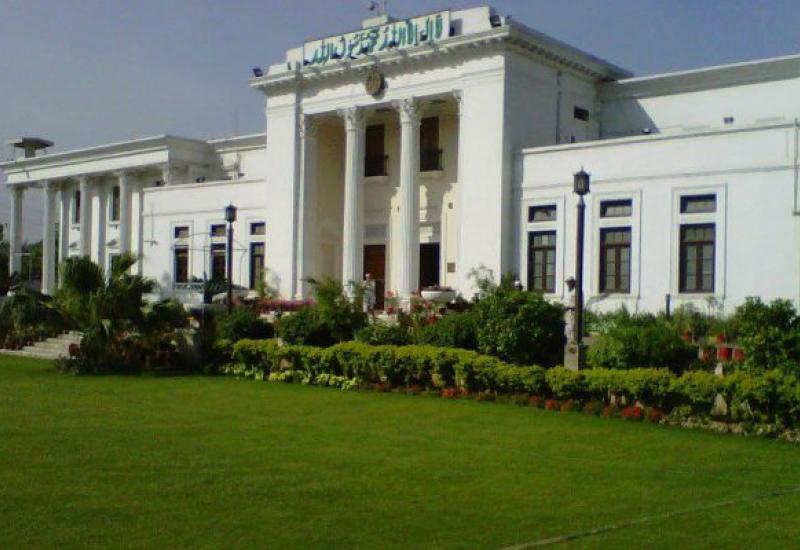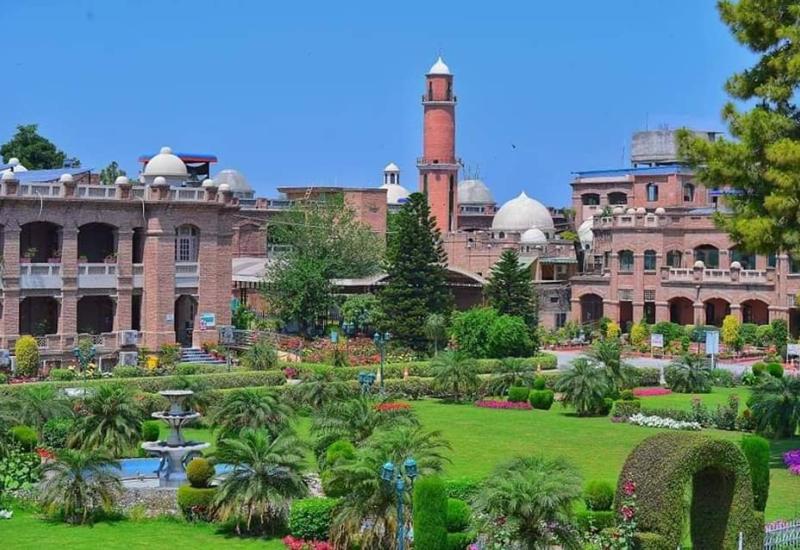Implications of the 15 important amendments in the Khyber Pakhtunkhwa Universities’ Act, 2012
In the previous blog post, the 12 major amendments in the Universities’ Acts were discussed. The legal and administrative complications generated by some of these amendments led to further reforms in the Act which resulted in the promulgation of the Khyber Pakhtunkhwa Universities’ (Amendment) Act, 2015
This blog post delineates some of the major changes made in the Khyber Pakhtunkhwa Universities’ Act 2012 through the Khyber Pakhtunkhwa Universities’ (Amendment) Act, 2015. This article further discusses the strengths and weakness of these amendments offering some fresh insight to the policymakers and academic leaders in order to make the new (proposed) amendments in the same Act more effective.
Major changes in the KPK Universities’ Act, 2012
Some of the important changes made through the Khyber Pakhtunkhwa Universities (Amendment) Act 2015 are delineated here:
- Changes in the composition of the statutory bodies: In the Act, the composition of the statutory bodies such as Senate and Syndicate and Academic Council were amended. For the first time, in the history of the public sector universities, the administrative officers were given representations in the governing bodies of the universities. Besides, one Vice-Chancellor from private sector universities was included in the membership of the Syndicate. The Act also provided for a retired judge of the Peshawar High Court to be nominated by the Chief Justice, Peshawar High Court. Previously, it was the Chief Justice of the High Court or his nominee not below the rank of a judge of the high court.
- Quorum: While reckoning the quorum for meetings of the Senate, Syndicate and Academic Council, the Act provided that the quorum shall be two-third of its total members, excluding the vacant, non-existent categories, wherever applicable. Previously no such provision was made for excluding the vacant, nonexistent categories creating serious legal and administrative complications while taking care of the quorum.
- Appointment and removal of the Vice-Chancellor: The Act for the first time provided for a comprehensive mechanism for appointment and removal of the Vice-Chancellor; incorporating a separate Schedule-II to that effect having requisite qualification & experience (both essential and desirable), expected skills and competencies and procedure for the Academic Search Committee for considering prospective candidates for appointment of the Vice-Chancellor.
- Uniform mechanism for appointment of the Vice-Chancellor: The Act standardized the mechanism for appointment of the Vice-Chancellor provided that the Vice-Chancellor shall be appointed by the Chancellor on the advice of the Government from a panel of three candidates recommended by the Academic Search Committee. Previously there was no such uniform mechanism available in the Act.
- Changes in the name, composition, tenure and function of Search Committee: The Act provided for revised name, composition, tenure and functioning of the Search Committee.
- Reduction in the tenure of the Vice-Chancellor: The Act reduced the tenure of the Vice-Chancellor from four to three years with a proviso that the tenure of three years may be extended once for another such term on the basis of performance to be evaluated by Government against the key performance indicators to be set up by Government, provided further that a Vice-Chancellor may work in the same university for a maximum of two such tenures.
- Changes in the powers of the Vice-Chancellor: The Act empowered the Vice-Chancellor to create, re-designate and fill contract, temporary posts for a period not exceeding one year but that the same was made subject to the recommendation of a Committee constituted by the Syndicate. Moreover, no extension was allowed to be granted beyond the period of one year. This constrained the Vice-Chancellors of the newly public sector universities to meet the demand of the critical mass of human resources in exigencies.
- Mechanism for the appointment of acting Vice-Chancellor: The Act, for the first time, provided a mechanism for appointment of acting Vice-chancellor stating that at any time, when the office of the Vice-Chancellor is vacant, which required the appointment of a regular Vice-Chancellor, the Chancellor was empowered to appoint an acting Vice-Chancellor from amongst the three senior-most teachers of the University for a period of three months.
- Term of office for the statutory officers: The Act provided for the term of office for the Registrar, Controller of Examination, Treasurer and Auditor stating that the term of office of the Registrar, Controller of Examination, Treasurer and Auditor shall be three years and may be renewed from time to time. Moreover, it was also stipulated that the Registrar, Controller of Examination and Treasurer, shall not be appointed from the superannuated employees retired from the government/universities service and teaching faculty.
- Audit by a third party: The Act provided for the third part Audit stipulating that the university shall carry out its yearly academic, administrative and financial audit by a third party of national or international repute.
- Tripartite mobility: This provision was deleted from the Act, altogether.
- Bar on the membership: The Act provided that no Vice-Chancellor of a provincial public sector University shall be a member of more than one Senate, one Syndicate and one Selection Board of any other Public Sector University. Previously, it was not uncommon that certain Vice-Chancellors used to be the members, in one or other capacity, of the governing bodies of multiple universities leading to conflict of interest.
- Transitional period: These amendments provided, for all the new universities, (not having their Statutes, Regulations and Rules), to follow the Statutes, Regulations and Rules, of the University of Peshawar till they make Statutes, Rules and Regulations for the university within a period of one year.
- The Role of HERA: The Act, for the first time, paved the way for an institutional role of the Higher Education Regulatory Authority (HERA) in the affiliation matters of private sector higher education institutes providing that the application for affiliation of the private sector educational institution, shall be preceded with provisional registration of the institute with the HERA.
- Inclusion of new universities: The amendment in the Schedule (renamed as Scheduled-I) provided for the incorporation of 05 new universities to the list, making the tally as high as 19.
Opportunities and obstacles
This piece of important legislation resolved many grey areas in the previous Act. Nevertheless, it created many new complications. Some of these are listed here:
- The Act introduced, for the first time, a uniform criterion for the appointment of Vice-Chancellors. But it was so robust and unrealistic as hardly anyone could meet the same. This called for a quick fix as various positions of the Vice-Chancellors were lying vacant in a number of universities and in the absence of a comprehensive and realistic criteria the positions could not be advertised.
- Similarly, the Act provided for the term of office for the posts of Registrar, Controller of Examination, Treasurer and Auditor stating that their term of office shall be three years and may be renewed from time to time. Whereas, in another sub-section of the Act, it was provided that these shall be fulltime officers. This created a great deal of confusion as it was practically cumbersome to appoint a fulltime officer on a post with three years tenure and then to adjust them once the three years tenure expires.
- Moreover, certain modifications in the powers of the Vice Chancellor for hiring people against contract/temporary posts subjecting it to the recommendation of a Committee constituted by the Syndicate with no extension to be granted beyond the period of one year constrained the Vice-Chancellors of the newly established universities to meet the demand of critical mass of human resources in pressing situations and exigencies.
As already mentioned, during the implementation stage of the Khyber Pakhtunkhwa Universities’ (Amendment) Act, 2015, some new complications were emerged. This called for further changes and modifications in the same. Hence new amendments were introduced vide Khyber Pakhtunkhwa Universities’ (Amendment) Act. 2016.
These amendments with merits and demerits have been analysed in the blog post, the critically important amendments in the Universities’ Act made in 2016 and how it transformed the universities?


















